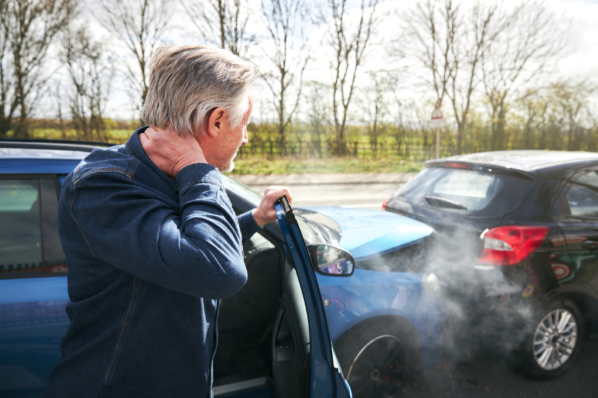
Car crashes leave behind more than just damaged vehicles; questions of fault and financial responsibility stir up just as much chaos. When both drivers share blame, the answer to who pays grows more complex. Take Atlanta, Georgia, for example, a central transportation Hub in the southeastern United States, home to over 498,000 residents.
Known for its booming logistics industry, thriving entertainment sector, and dense traffic corridors, the city sees its share of accidents involving shared fault. In such cases, state-specific rules determine how compensation gets divided, which makes professional legal guidance vital.
An experienced Atlanta auto accident lawyer helps sort through liability, protect your rights, and secure a fair outcome. This article breaks down how fault gets assessed and who bears the cost when no one walks away completely blameless.
Table of Contents
When both drivers hold some level of blame in a car accident, responsibility does not rest with just one party. Instead, the law applies a method called comparative fault or comparative negligence to determine how much each driver owes.
How Comparative Fault Works
Comparative fault accords a percentage of blame to each driver responsible. If one driver holds 60% of the fault and the other 40%, the amount each pays reflects that split. This method ensures that each person pays only for the portion of the damage they caused.
For example, if total damages reach $10,000, the driver who holds 60% fault pays $6,000, while the other pays $4,000. This system applies in most states, though the rules vary slightly.
Two Types of Comparative Fault
States apply either pure comparative fault or modified comparative fault:
- Pure Comparative Fault: Drivers collect damages even if they bear most of the blame. If a driver holds 90% fault, they still recover 10% of their losses from the other party.
- Modified Comparative Fault: Drivers only receive compensation if their share of fault stays below a certain percentage, usually 50% or 51%. If they exceed that, they recover nothing.
Each state sets its threshold. In some states, a driver at 51% fault pays for all damages, while in others, a driver at 50% fault still qualifies for a portion of recovery.
Insurance companies calculate and divide payouts based on each driver’s fault percentage. They review police reports, witness statements, traffic camera footage, and damage photos. If both insurance companies agree on the fault split, they settle accordingly.
In disputed cases, the matter heads to court, where evidence plays a larger role. The judge or jury ascertains the percentage of fault and assigns financial responsibility based on that decision.
What Happens with Medical Bills and Repairs
Each driver’s insurer covers their share of the damages. If a driver holds 40% fault and suffers $5,000 in losses, they receive 60% of that total, $3,000, from the other driver’s insurer. That driver’s insurer then pays the remaining 40% to the second party, adjusted to reflect their damages.
If one driver lacks insurance or refuses to pay, the other party may sue for their share. However, they must still prove the other driver’s fault through clear and solid evidence.
When both drivers share fault in a car accident, no single party shoulders the full financial load. Instead, each pays according to their level of blame. Laws ensure fairness through percentages, not assumptions. Fair payment always follows the facts.